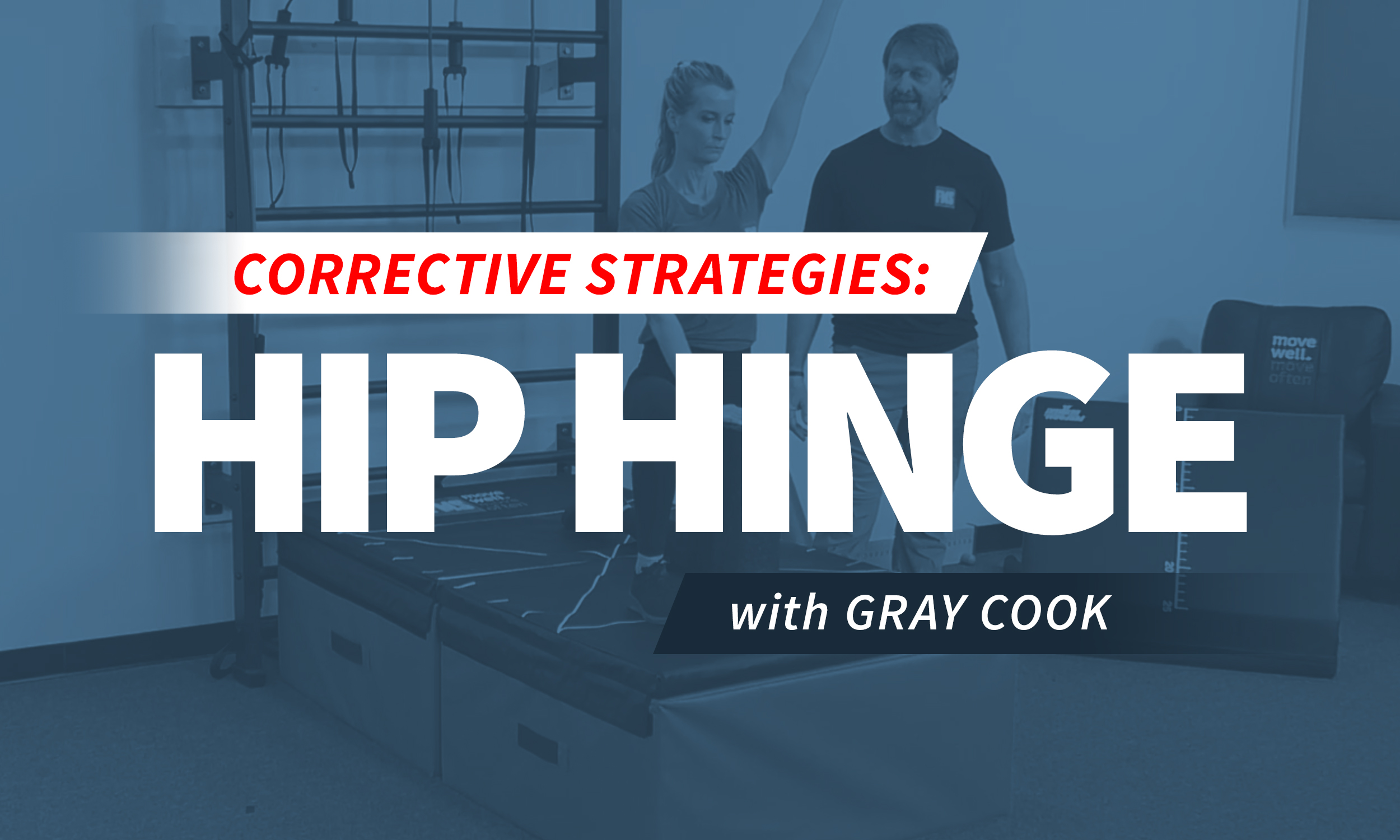
Description
Fix the hinge. Unlock strength.
The hip hinge is a cornerstone of human movement, yet it’s often misunderstood and misapplied. In this course, Gray Cook takes a practical look at the hinge pattern—uncovering how to assess and screen for pain or dysfunction while dismantling common misconceptions that can derail corrective exercise.
Through 13 progressive exercises, organized by posture and the ABCs principle (Awareness, Breathing, and Control), you’ll explore drills like half-kneeling and tall-kneeling transitions, RNT deadlifts, chops and lifts, and RNT walking and running. Each step emphasizes awareness, helping clients recognize their movement issues and develop lasting competency in the pattern.
Before advancing to ballistic work with kettlebells, running, or heavy deadlifts, this course ensures the hip hinge is organized, efficient, and ready for load—so your training builds on a solid foundation.
Leave with the Ability to:
- Assess and screen the hip hinge — identify pain, dysfunction, and common misconceptions that can mislead corrective choices.
- Differentiate hinge limitations — recognize when issues are not simply posterior chain or mobility problems.
- Apply 13 progressive exercises — use drills structured by posture and the ABCs principle (Awareness, Breathing, and Control) to build competency.
- Organize the hinge before loading — prepare clients for safe, effective progress with kettlebells, deadlifts, running, and other ballistic work.
Sneak Peek of This Course!
